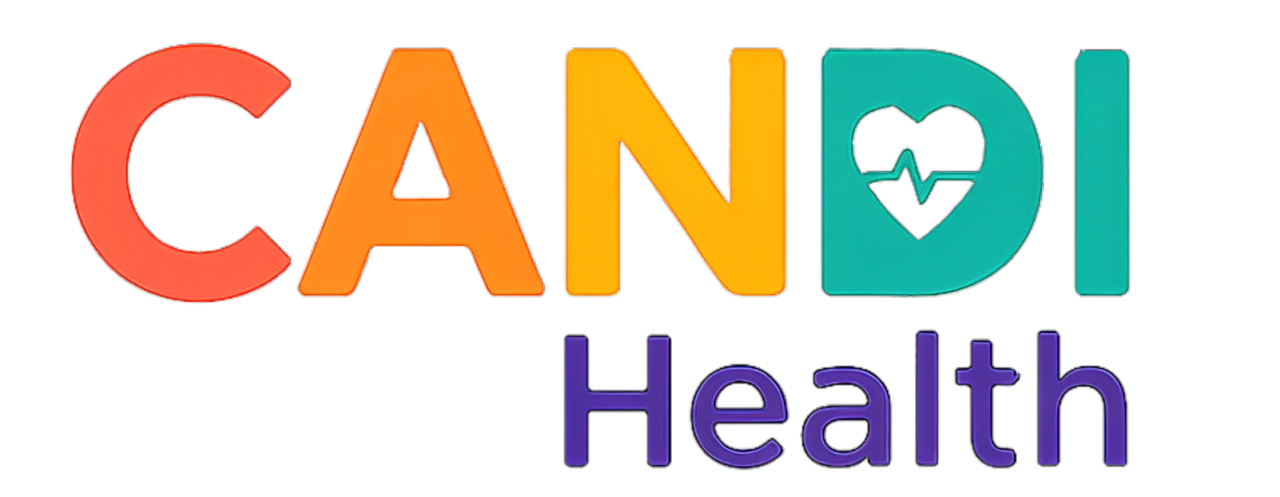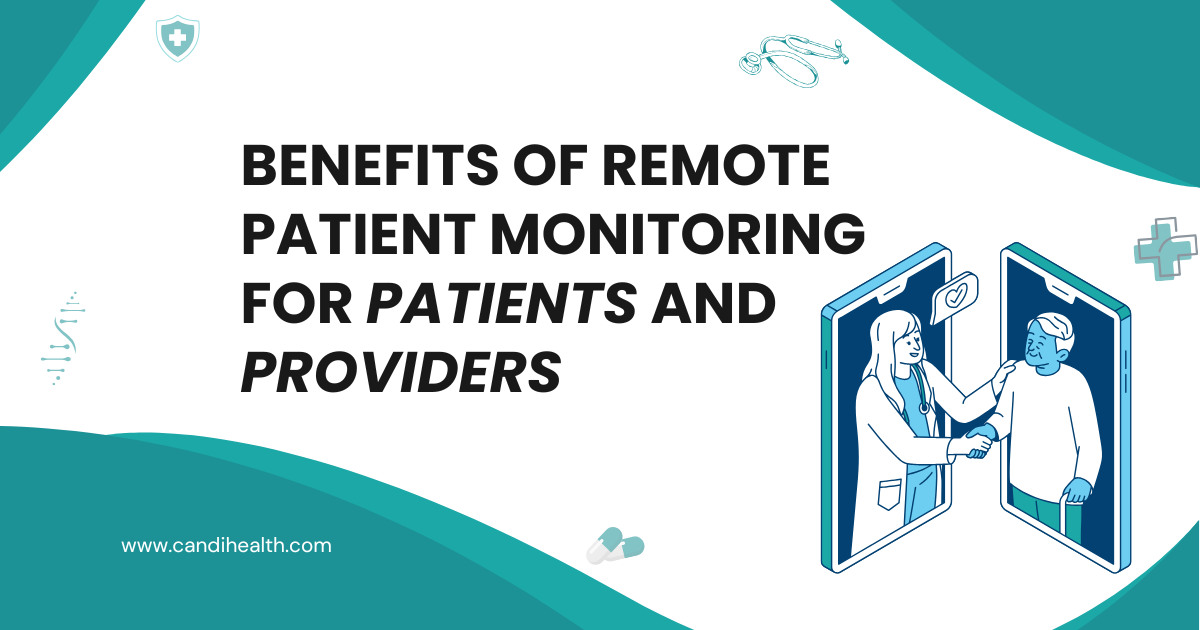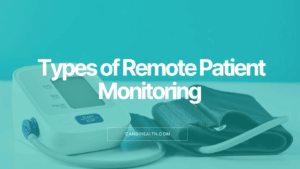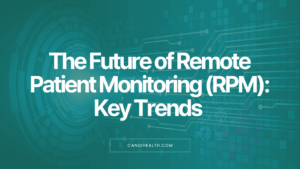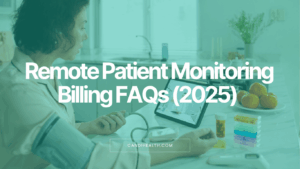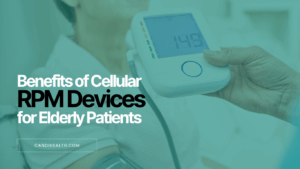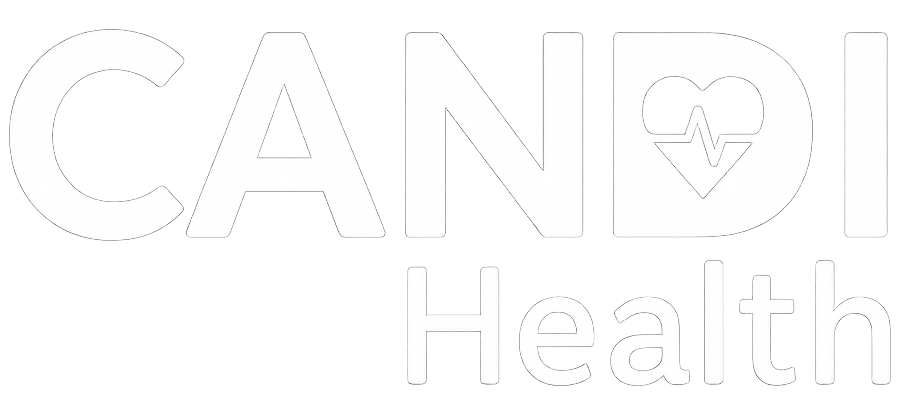Table of Contents
What if half of all adults you know were living with a chronic illness?
In the U.S., that’s the reality, nearly 129 million adults are managing long-term conditions like high blood pressure, diabetes, or heart disease. These illnesses aren’t just the leading cause of death; they also account for the majority of national healthcare costs.
At the same time, many clinicians now spend more time on paperwork and EHRs than on direct patient care, making it harder to consistently manage these chronic cases. As patient needs continue to rise and healthcare teams face growing pressure, it’s clear that traditional in-clinic care alone isn’t enough.
That’s where Remote Patient Monitoring (RPM) steps in. Wondering what it is, and why so many clinics are turning to it? Let’s explore.
What Is Remote Patient Monitoring (RPM)?
Remote Patient Monitoring is a form of asynchronous telehealth that uses connected medical devices to track a patient’s health data from outside traditional clinical settings.
These devices, such as blood pressure monitors, glucose meters, pulse oximeters, and weight scales, collect data and automatically transmit it to healthcare providers.
This allows clinicians to observe health trends in real-time, identify early warning signs, and intervene promptly. It also helps patients stay informed and involved in their care.
RPM is commonly used to manage chronic conditions like hypertension, diabetes, heart disease, COPD, and more.
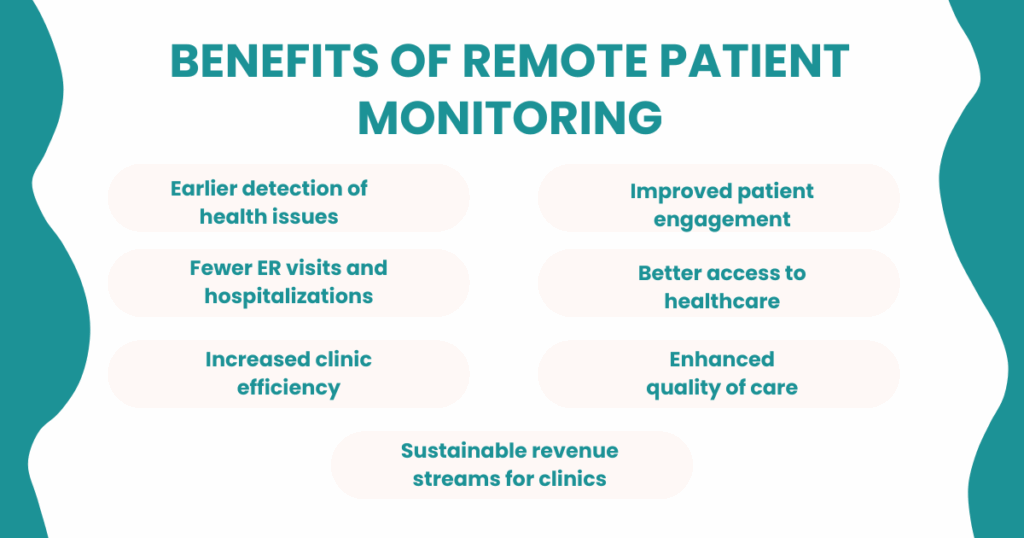
Benefits of Remote Patient Monitoring
Now that you’ve learned what RPM is and how it works, let’s dive into the key benefits, the real reasons clinics, providers, and patients are embracing it to manage long-term care.
Here are key benefits of Remote Patient Monitoring:
- Earlier detection of health issues
- Improved patient engagement
- Fewer ER visits and hospitalizations
- Better access to healthcare
- Increased clinic efficiency
- Enhanced quality of care
- Sustainable revenue streams for clinics
Let’s break each one down in more detail.
Earlier Detection of Health Issues
Traditional healthcare relies heavily on episodic care. Patients visit the doctor when symptoms become unmanageable, often after complications have developed. RPM shifts this model by enabling proactive care.
With continuous data collection, healthcare providers can spot unusual patterns or early warning signs before they escalate into serious issues. For instance, when a patient’s blood pressure spikes or oxygen levels drop, the system alerts providers who intervene immediately and prevent hospital admissions.
Early detection allows providers to make data-driven decisions that lead to better outcomes and less invasive treatments.
Improved Patient Engagement
RPM enables patients to take a more active role in their care. Patients who track their vitals at home better understand their health status. This awareness leads them to follow medications, adopt lifestyle changes, and stick to care plans.
Patients also respond positively to real-time feedback. A person with hypertension, for example, might feel encouraged after seeing lower blood pressure numbers through diet and exercise. RPM fosters trust and builds collaboration between patients and healthcare teams.
Fewer Emergency Room Visits and Hospitalizations
Hospital readmissions and emergency visits create strain on healthcare systems and cause stress for patients. RPM reduces these occurrences through timely alerts and interventions.
Studies from the National Laboratory of Medicine reported hospitalization rates of 2.8% for RPM patients vs 13% for non-RPM patients, translating to a 78% relative risk reduction in hospital admission.
By acting early on health changes, providers help patients avoid crises and maintain stability. RPM leads to consistent, manageable health outcomes.
Better Access to HealthCare
RPM removes the need for frequent in-person visits. Patients with mobility challenges or those in remote areas can monitor their health from home. RPM allows them to share data effortlessly with their providers.
Patients experience fewer disruptions in daily life. Whether they work full-time, live far from clinics, or face physical limitations, RPM gives them flexibility while maintaining high-quality care.
Increased Clinic Efficiency
RPM enables providers to monitor more patients without overwhelming staff. Providers replace manual check-ins with efficient data analysis, allowing them to prioritize high-risk individuals.
Clinics reduce time spent manually tracking vitals, organizing patient outreach, and handling paperwork. These efficiencies free up time, reduce workload, and help clinicians focus on patients who need attention.
Providers also use trend data for better clinical decisions instead of relying on isolated snapshots.
Enhanced Quality of Care
Remote monitoring provides a complete view of a patient’s condition. Healthcare providers analyze ongoing data rather than occasional, in-clinic readings. This insight helps them intervene earlier and tailor care plans more accurately.
As a result, providers deliver higher-quality care and improve patient satisfaction. RPM shifts healthcare from a reactive model to one focused on continuous optimization and precision.
Sustainable Revenue Streams for Clinics
RPM not only supports better care but also opens up financial opportunities. The Centers for Medicare & Medicaid Services (CMS) reimburse clinics for RPM services using CPT codes like 99453, 99454, 99457, and 99458.
Each code corresponds to specific, reimbursable tasks such as device setup, data collection, and patient interaction. These recurring payments create sustainable revenue for clinics.
Ready to bring RPM into your clinic? Explore how CandiHealth helps you get started, fast.
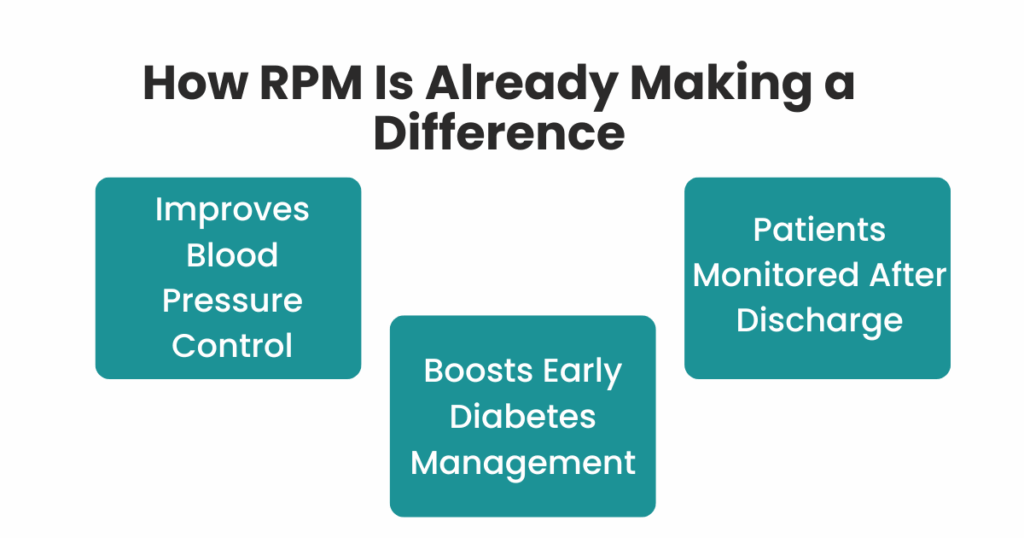
Real-World Examples: How RPM Is Already Making a Difference
Remote Patient Monitoring is already making a measurable impact in real clinical settings. Providers are seeing improved health outcomes, fewer hospital visits, and better patient engagement across a range of conditions.
Here are a few real-world examples that highlight how RPM is helping patients manage chronic diseases more effectively while supporting providers with timely data and early intervention opportunities.
- Study Shows How RPM Improves Blood Pressure Control
In a real-world study of over 6,500 patients with high blood pressure, those using remote monitoring saw meaningful improvements in just 90 days. The number of patients with uncontrolled hypertension dropped from 66% to 40%, and systolic blood pressure fell by an average of 7 mmHg.
This shows how regular monitoring and feedback can help patients stay on track and achieve better long-term control.
Source: Remote Patient Monitoring Is Associated with Improved Outcomes in Hypertension
- Large-Scale Study Finds RPM Boosts Early Diabetes Management
In a study of nearly 36,000 adults recently diagnosed with type 2 diabetes, patients who used connected glucose monitors were 23% more likely to reach a target HbA1c of 8% or lower within the first year.
Even among patients starting with high blood sugar, those using RPM saw almost a full percentage point more improvement than those who didn’t use it. That’s a big step in early diabetes management and one that helps patients build healthier routines from the start.
Source: Remote glucose monitoring and HbA1c improvement
- Fewer Hospital Returns for Patients Monitored After Discharge
A Mayo Clinic study followed cancer patients recovering from COVID-19. Those enrolled in a remote monitoring program after leaving the hospital were far less likely to return, just 2.8% were readmitted, compared to 13% of those without RPM.
That’s a 78% relative risk reduction, showing how RPM can support recovery, flag issues early, and keep patients safer at home.
Source: Association of RPM With Reduced Hospitalizations in Cancer Patients
The Bottom Line
These real-world results make one thing clear: Remote Patient Monitoring isn’t just effective, it’s already working. From helping patients manage chronic conditions to reducing hospital readmissions, RPM is proving to be a practical, scalable tool for modern care delivery.
And it’s not just about better patient outcomes. RPM also supports care teams, streamlines clinical workflows, and opens new revenue opportunities through CPT reimbursements.
As more providers look for ways to improve care without adding strain, RPM is quickly becoming an essential part of long-term care strategies.
Thinking About Getting Started?
You don’t need to overhaul your practice to start using RPM. You just need the right setup, a simple way to track the data, and support you can rely on.
At CandiHealth, we make it simple to get started with connected devices, real-time dashboards, and seamless provider support.
Learn more about our RPM solutions and see how CandiHealth can help you build a smarter, more proactive care model.
Related Articles
- What is Remote Patient Monitoring (RPM) and How It’s Transforming Chronic Care
- Telehealth vs. Remote Patient Monitoring: What’s the Difference?
Frequently Asked Questions (FAQs)
1. What is Remote Patient Monitoring (RPM)?
RPM is a form of asynchronous telehealth that uses digital devices to collect health data from patients at home and securely transmit it to their care team. Providers use this information to assess health trends and intervene when necessary.
2. How does remote patient monitoring work?
Patients use devices to measure vital signs (e.g., blood pressure, heart rate, glucose levels). These measurements sync automatically to a platform where clinicians monitor them. If readings fall outside normal ranges, alerts are triggered so providers can follow up promptly .
3. What are the benefits of RPM?
RPM offers many advantages, including:
- Early detection of health issues
- Improved patient engagement
- Fewer hospitalizations and ER visits
- Better access to care, especially for people in remote or underserved areas
- Increased efficiency for care teams
- Reduced healthcare costs
